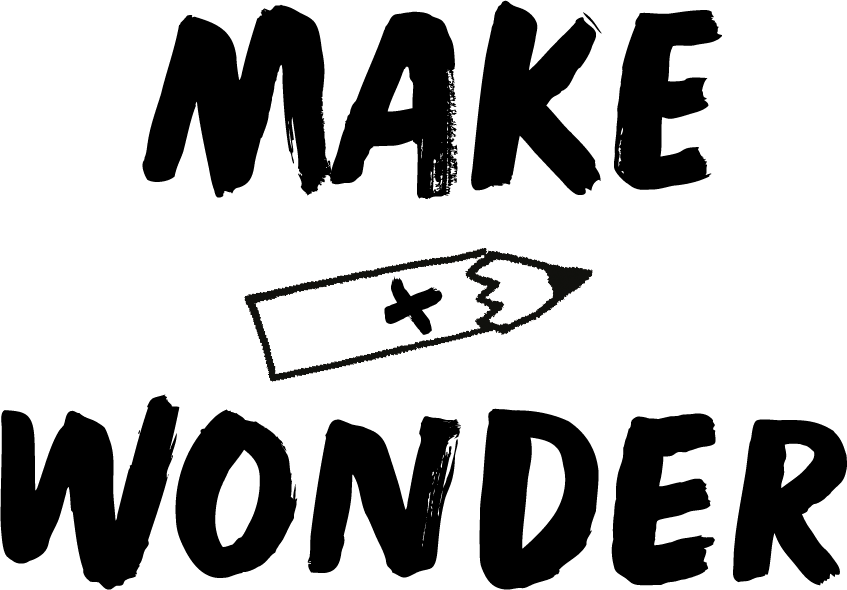
Do your children often spend ages playing with boxes in your recycling bin, or lining up shells they found at the beach, rolling objects through tubes. All of these are Loose Parts play. Children usually prefer play that sparks their curiosity and allows them to use their imagination and creativity. Loose parts play encourages this natural curiosity.
What are Loose Parts?
In early years settings Loose Parts Play means “ Alluring, beautiful found objects and materials that can move, manipulate control and change while they play” Daly & Beloglovsky,” Loose parts” With Loose Parts play children can move, manipulate and control objects, line up, take apart and put together objects while they play. Children can turn them into whatever they want; a box can become a house, a mop can become a lion. They encourage children to collaborate and cooperate with each other. Loose parts play promotes creativity and supports social interaction.
Where did loose Parts play come from?
The British architect Simon Nicholson coined the term Loose parts to describe open-ended materials that can be used and manipulated in many ways. Nicholson believed everyone could be creative and that environments offer many ways to interact and learn. For example, a beach is filled with loos parts, rocks, shells, plants and feathers. when children play they can move things around, creates spaces and structures which will keep them busy for hours. This isn’t just fun it helps children develop critical thinking and creativity. When they play with loose parts they discover new ways of thinking.
What is the value of Loose Parts?
Children often prefer loose parts play. Children often quickly tire of toys that have a sole purpose. Once they have mastered its key function they move on as the intrigue and challenge has gone. Not, that i might add is there anything wrong with this type of toy ( I should point out in the interest of transparency that I am currently the owner of quite a few Paw Patrol vehicles) Loose parts offers children choice and lots of variables to spark their creativity and create their own stories. Loose parts are sustainable and eco friendly. Often they can be found for free as they are items that can be recycled items or found in nature. Children can learn about mathematical concepts, support language development, sensory development, explore space and structures, colours and texture all through loose parts play.
Some ideas for Loose Parts
Loose parts are often found items, here is a list of some ideas, (depending on the age of your child)
Counters, lids, coloured play silks, pom poms, leaves, cups, boxes, egg cartons, mud , acorns, pine cones, cinnamon sticks, clay, coat-hangers, sand, salt, corks, hair roller, hair bobbles, old pans, colanders, spoons, coconut shells, beach stones and shells
How you display them, makes a huge difference to children’s play. You could add a mirror to a basket of shells, some sticks to a bunch of hair bobbles, a mug tree to some hoops and rollers, a drain pipe to a basket of felt balls.
I try to comment on the process while they play to support and encourage children.
I like the way you lined up those shells.
Wow, how did you get them to balance?
i tried to join mine together.
Too busy to collect, here are some links to things you can buy
( I’ve added amazon links for ease)
The possibilities are endless. I cant wait to hear about your loose parts play at home. Come and join in with my loose parts chat on instagram.
Nicola













